Search Results
Showing Results for Health-related quality of life

The American College of Gastroenterology’s 2025 Crohn’s disease guidelines introduce key advancements in personalized care, diagnostics, and treatment. Highlights include genetic testing to guide therapy, adoption of intestinal ultrasound for non-invasive monitoring, and the inclusion of new biologics. Emphasizing shared decision-making and holistic care, the guidelines aim to improve outcomes by tailoring strategies to each patient’s unique profile and preferences.
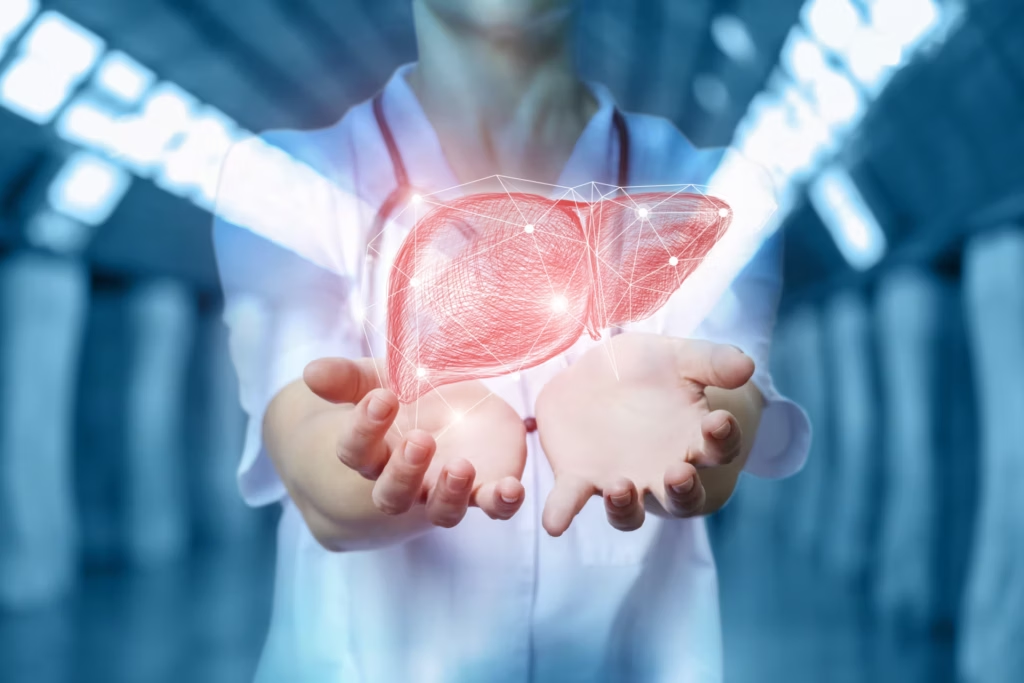
In this interview, EASL Secretary General Professor Debbie Shawcross discusses the growing burden of liver disease across Europe and the urgent need for early diagnosis, equitable care, and patient-centred approaches. She highlights how EASL is tackling these challenges through education, research, advocacy, and initiatives that bridge innovation and clinical practice to improve outcomes in hepatology.

At EULAR 2025, Dr Marina Magrey presented week 52 data from the BE MOBILE 1 and 2 trials, highlighting comparable efficacy of bimekizumab in male and female patients with axial spondyloarthritis. Despite baseline sex differences in symptom duration and disease burden, over 50% of patients achieved ASAS40, supporting bimekizumab’s effectiveness across both radiographic and non-radiographic axSpA.

Dr. Vinod Ravindran (Centre for Rheumatology, Calicut, Kerala, India) shares his highlights from RheumaPreg 2025, held in Vienna. The conference covered the full spectrum of pregnancy management in autoimmune rheumatic diseases. Here, he reflects on key insights from expert-led sessions on fertility, immunosuppression, lupus care, and postpartum outcomes.
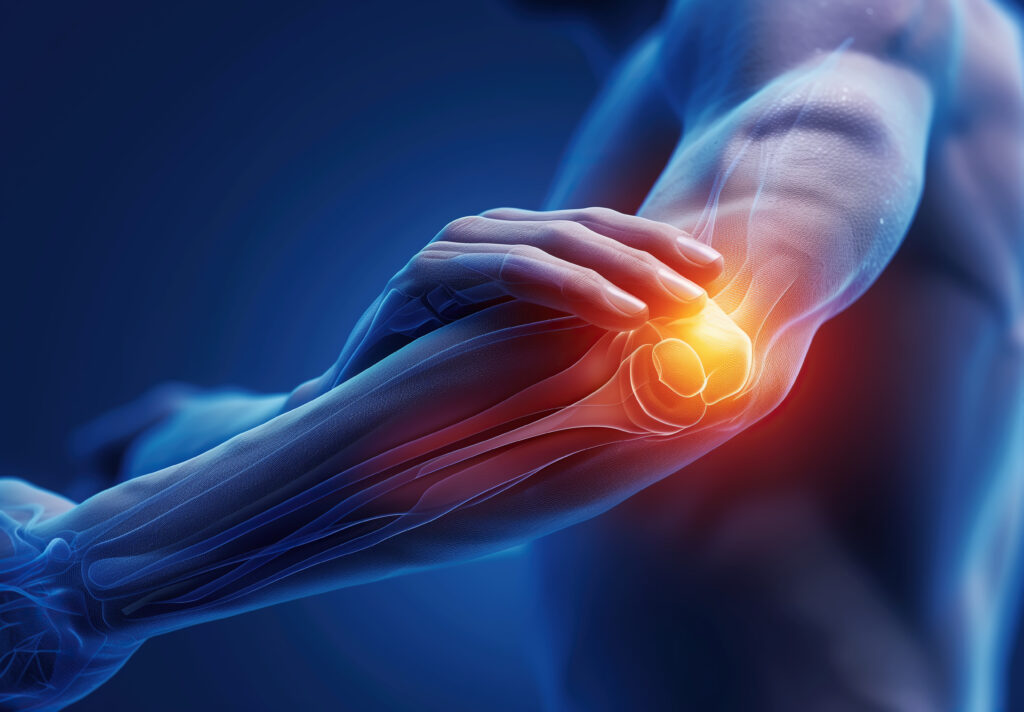
Hypermobility spectrum disorders (HSDs) refer to a group of conditions characterized by an increased range of motion in joints beyond the normal limits, often due to connective tissue laxity. More stringent criteria are applied in the diagnosis of hypermobile Ehlers–...

Prof. Paul Fockens, recipient of the 2024 UEG Lifetime Achievement Award, has profoundly shaped the field of gastrointestinal endoscopy. From pioneering techniques like endoscopic ultrasound to advancing colorectal cancer screening and minimally invasive surgeries, his transformative contributions have improved patient care globally. A dedicated mentor and leader, Prof. Fockens has also championed education and innovation through his work with UEG and beyond."
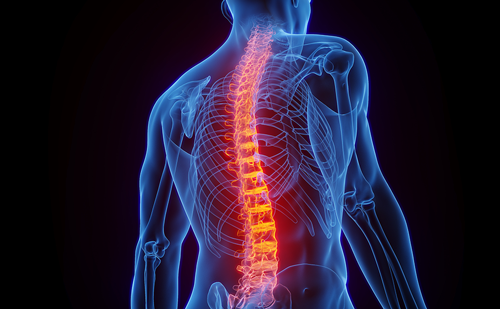
There is much excitement about the deployment of artificial intelligence (AI) in healthcare, and the musculoskeletal field is no exception. In this article, we introduce some of the latest developments relating to osteoarthritis (OA), osteoporosis, rheumatoid arthritis (RA) (as an ...
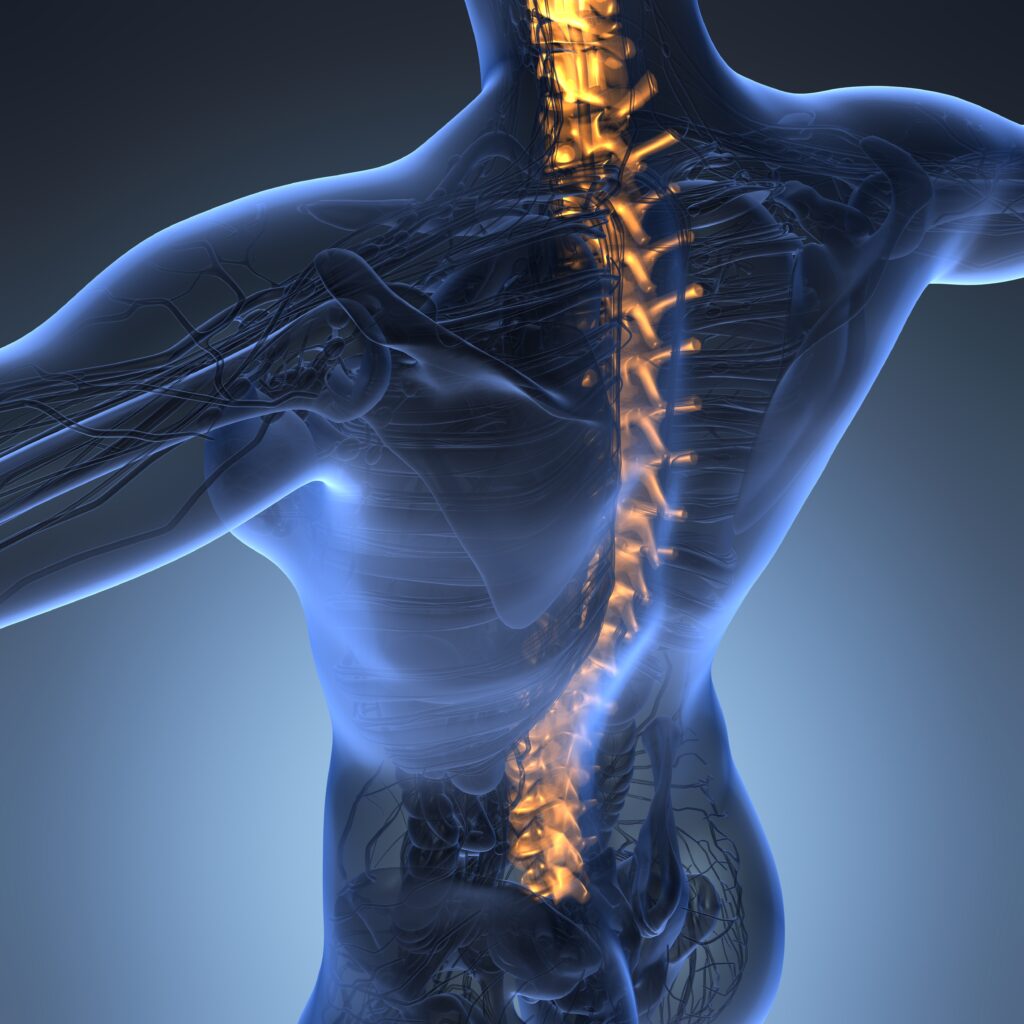
Chronic back pain (CBP), defined as back pain lasting for 3 months or more, is the most common pain condition globally.1 Greater healthcare utilization, productivity limitations and poor quality of life have immediate and long-term impacts on patients and the healthcare ...
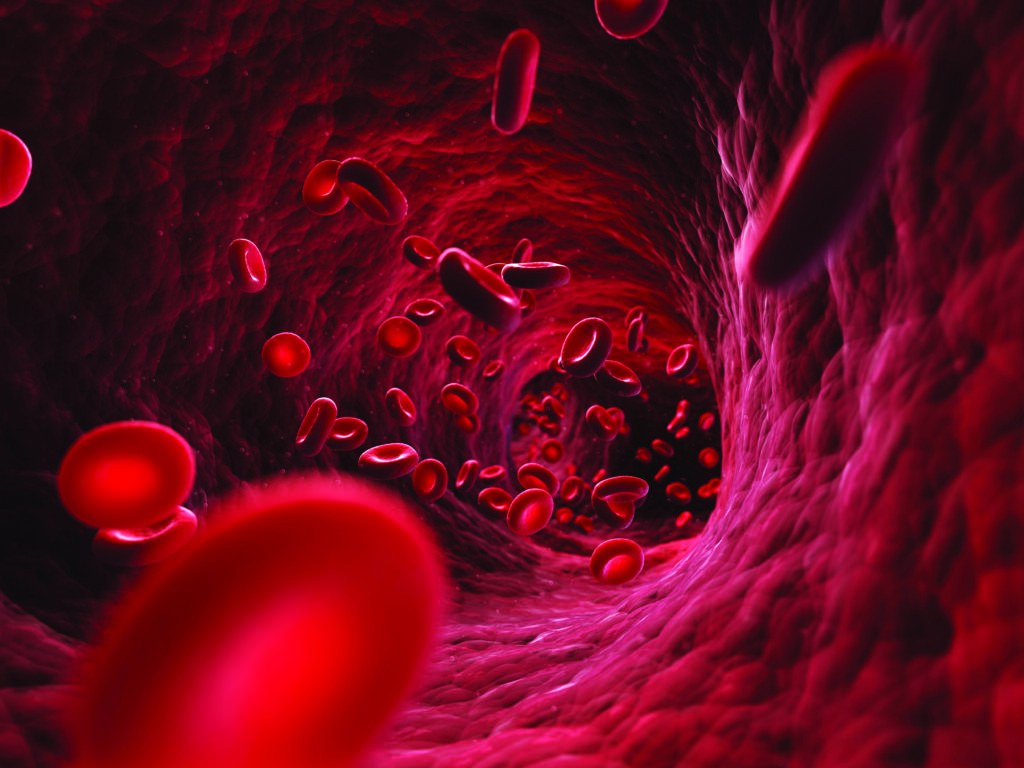
It is increasingly recognized that autoimmune rheumatic diseases (ARDs) can affect people of any age, starting from early childhood and continuing until later in life. Furthermore, in recent decades, it has become apparent that Sjögren disease (SjD), commonly diagnosed ...

The global burden of disease is heavily impacted by the increased prevalence of chronic inflammatory rheumatic diseases (CIRDs [rheumatoid arthritis (RA), spondyloarthritis (SpA), connective tissue diseases (CTDs) crystal arthropathies and polyarticular osteoarthritis (OA)]), which are prevalent chronic non-communicable diseases associated ...

Systemic lupus erythematosus (SLE) predominantly affects females and is characterized by multisystem involvement.1,2 Despite advancements in therapeutics, patients with SLE still experience poor health-related quality of life (HRQoL).3 Systemic sclerosis (SSc) is characterized by vasculopathy and fibrosis of the skin ...

Systemic lupus erythematosus (SLE) is a multisystem, autoimmune disorder affecting skin, joints, kidneys, the heart, lungs, the brain and blood cells, and is characterized by heterogeneous presentations and severity. It is more common in females than males, with a ratio ...

Psoriatic arthritis (PsA) is a typical complication of psoriasis (PSO) that is often accompanied by nail PSO, vertebral and/or pelvic involvement, enthesitis and iritis. PsA leads to the destruction and/or ankylosis of the peripheral joints or spine, resulting ...

The preamble of the World Health Organization's constitution defines health as “a state of complete physical, mental and social wellbeing, and not merely the absence of disease or infirmity".1 An optimal state of health is considered a fundamental human right. ...

Systemic rheumatic diseases (RDs) commonly arise during a woman’s reproductive years and may have implications for family planning and pregnancy. Among the RDs, systemic lupus erythematosus (SLE) and antiphospholipid syndrome (APS) are classically associated with an increased risk of ...
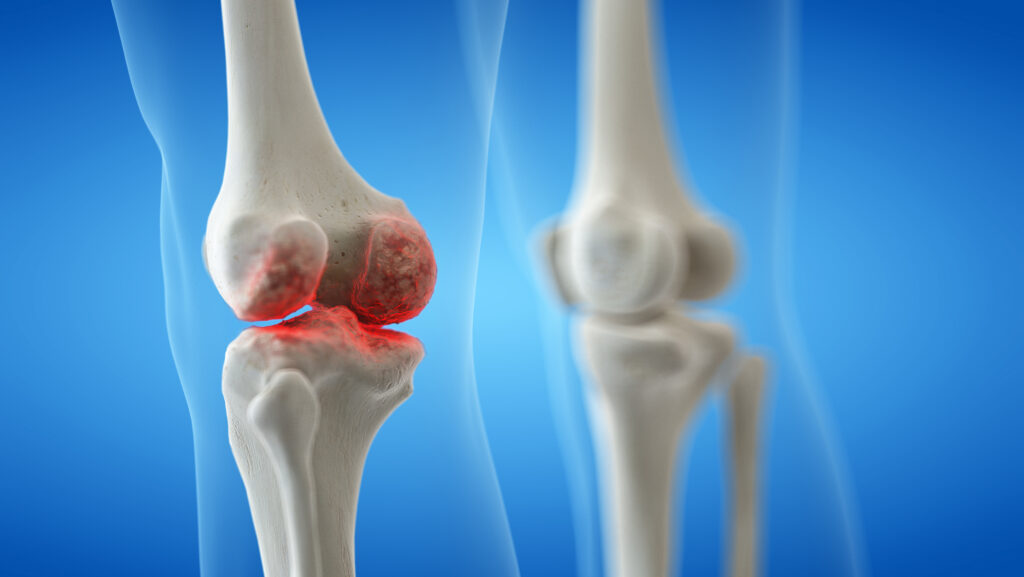
Article highlights Treatment of rheumatoid arthritis remains a challenge, and new interleukin (IL) 6 inhibitors deserve special attention. IL-6 provides pleiotropic effects not only on the pathogenesis of rheumatoid arthritis but also on its comorbidities. The humanized monoclonal antibody olokizumab has ...
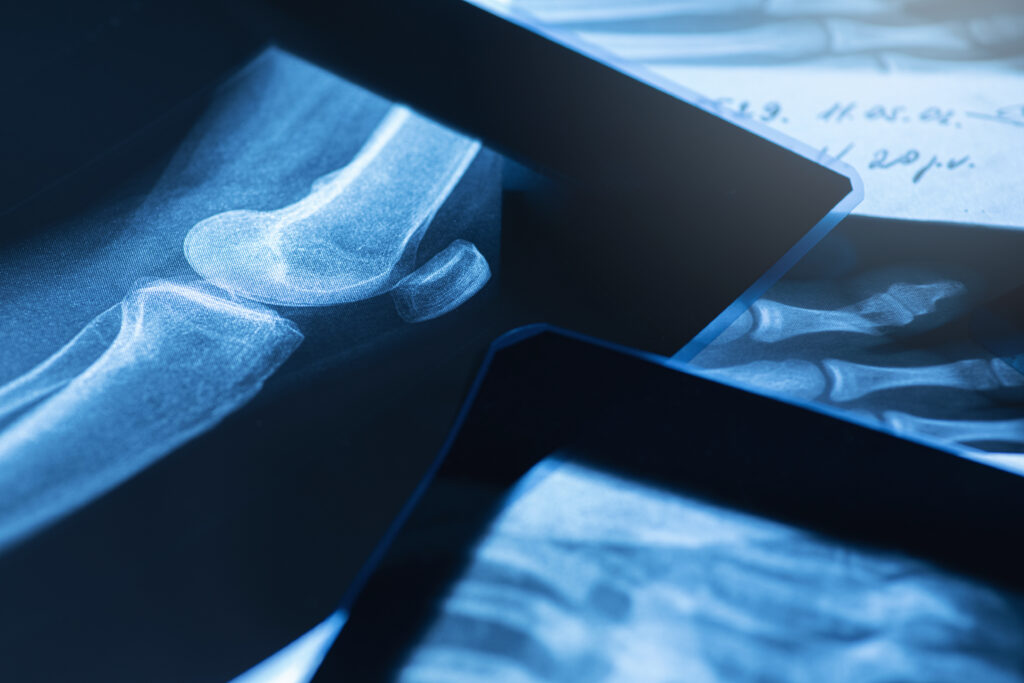
Many environmental factors have been associated with the development of autoimmunity.1 Infections, for example, can cause reactive arthritis by triggering a (genetically) predisposed immune system.2 Smoking, in a similar, but arguably different, way, can trigger the production of autoantibodies by ...
Latest articles videos and clinical updates - straight to your inbox
Log into your Touch Account
Earn and track your CME credits on the go, save articles for later, and follow the latest congress coverage.
Register now for FREE Access
Register for free to hear about the latest expert-led education, peer-reviewed articles, conference highlights, and innovative CME activities.
Sign up with an Email
Or use a Social Account.
This Functionality is for
Members Only
Explore the latest in medical education and stay current in your field. Create a free account to track your learning.


